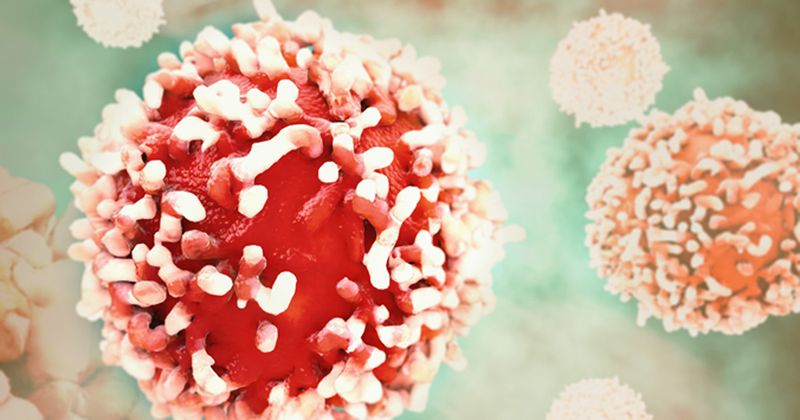Skin-related toxicities with cancer checkpoint inhibitors ‘do not share a single pattern’
The cutaneous toxicities associated with cancer checkpoint inhibitors were varied depending on the malignancy and checkpoint inhibitor used, according to a study.
“Cutaneous immune-related adverse events represent the most frequent toxicities induced by immune checkpoint inhibitors,” Vasiliki A. Nikolaou, MD, MSc, PhD, of the first department of dermatology at Andreas Syggros Hospital of Cutaneous and Venereal Diseases, National and Kapodistrian University of Athens Medical School, Athens, Greece, and colleagues wrote.

In the multicenter, retrospective, international cohort study, Nikolaou and colleagues assessed clinical associations of cutaneous toxicities induced by different checkpoint inhibitors.
There were 762 patients with cancer who developed 993 cutaneous toxicities included in the data set.
Among the 40 different types of skin toxicities reported, psoriasis occurred in 23% of patients, pruritis in 22.4%, macular rash in 21.1% and eczematous-type reactions in 19.7%.
Findings from the multivariable analysis showed that patients with macular rash (OR = 3.1; 95% CI, 1.37-6.93), vitiligo (OR = 44; 95% CI, 9.02-222) or multiple toxicities (OR = 3.99; 95% CI, 1.76-9.01) were most commonly being treated with checkpoint inhibitors for melanoma rather than non-small-cell lung cancer.
In addition, patients with macular rash were more likely to be treated with anti-programmed death 1 than anti-CTLA4 (OR = 0.11; 95% CI, 0.01-0.76) therapies. The same trend was observed for vitiligo (OR = 0.07; 95% CI, 0.006-0.78).
Patients treated with a combination of checkpoint inhibition and chemotherapy were significantly less likely to develop certain cutaneous outcomes compared with patients treated with checkpoint inhibition only. For example, patients treated with the combination were less likely to develop psoriasis (OR = 0.08; 95% CI, 0.02-0.31), lichenoid reactions (OR = 0.15; 95% CI, 0.03-0.77) and eczematous reactions (OR = 0.24; 95% CI, 0.07-0.78), all in comparison with pruritic rash, according to the findings.
“Our study showed that skin-oriented toxicities do not share a single pattern and are related to several factors, including the specific agent administered and the underlying malignancy treated,” the researchers wrote.
They suggested that the optimal way to reduce severe cutaneous reactions is to individualize follow-up plans.
“Clinical awareness and specialized dermatological consultation should be advocated,” the researchers concluded.
